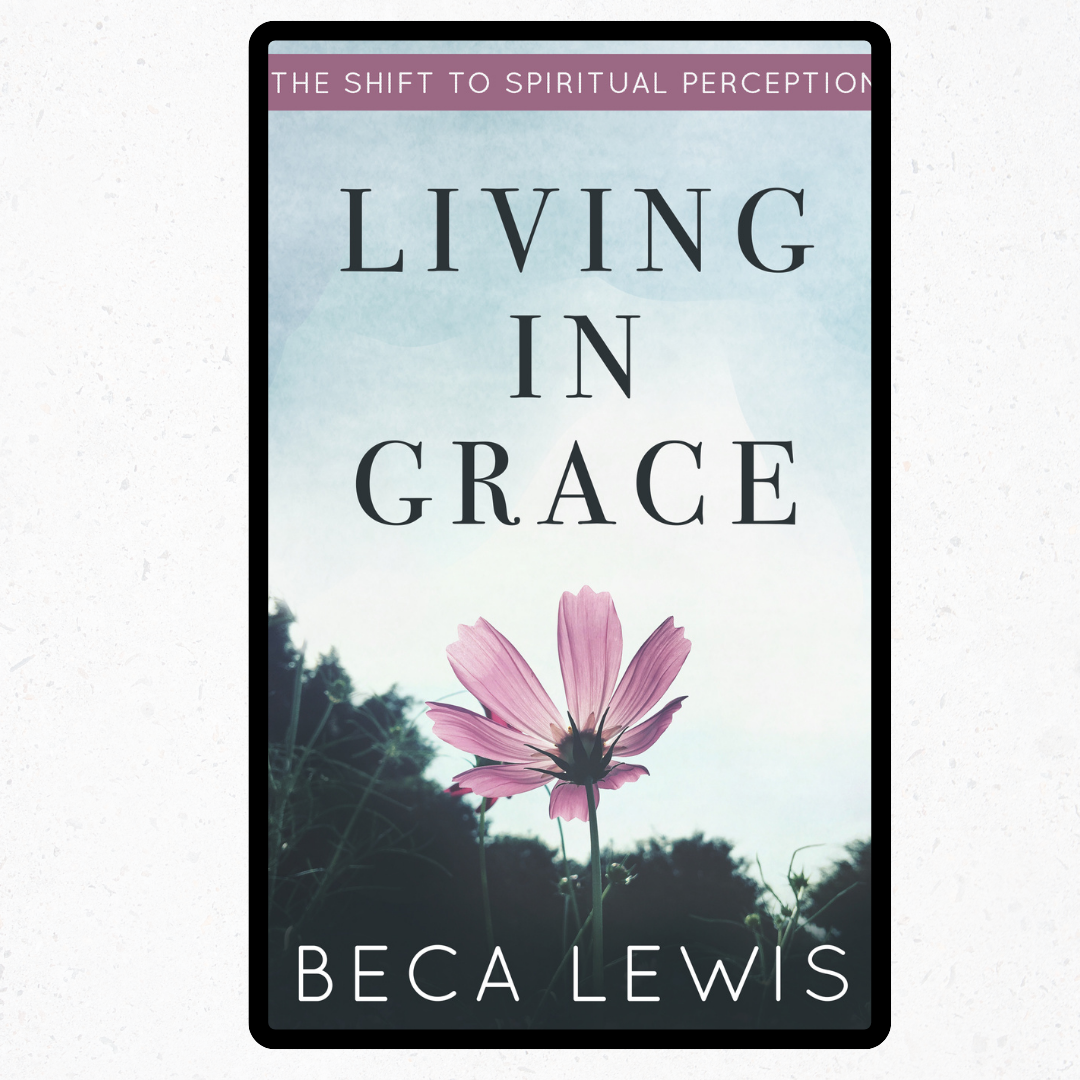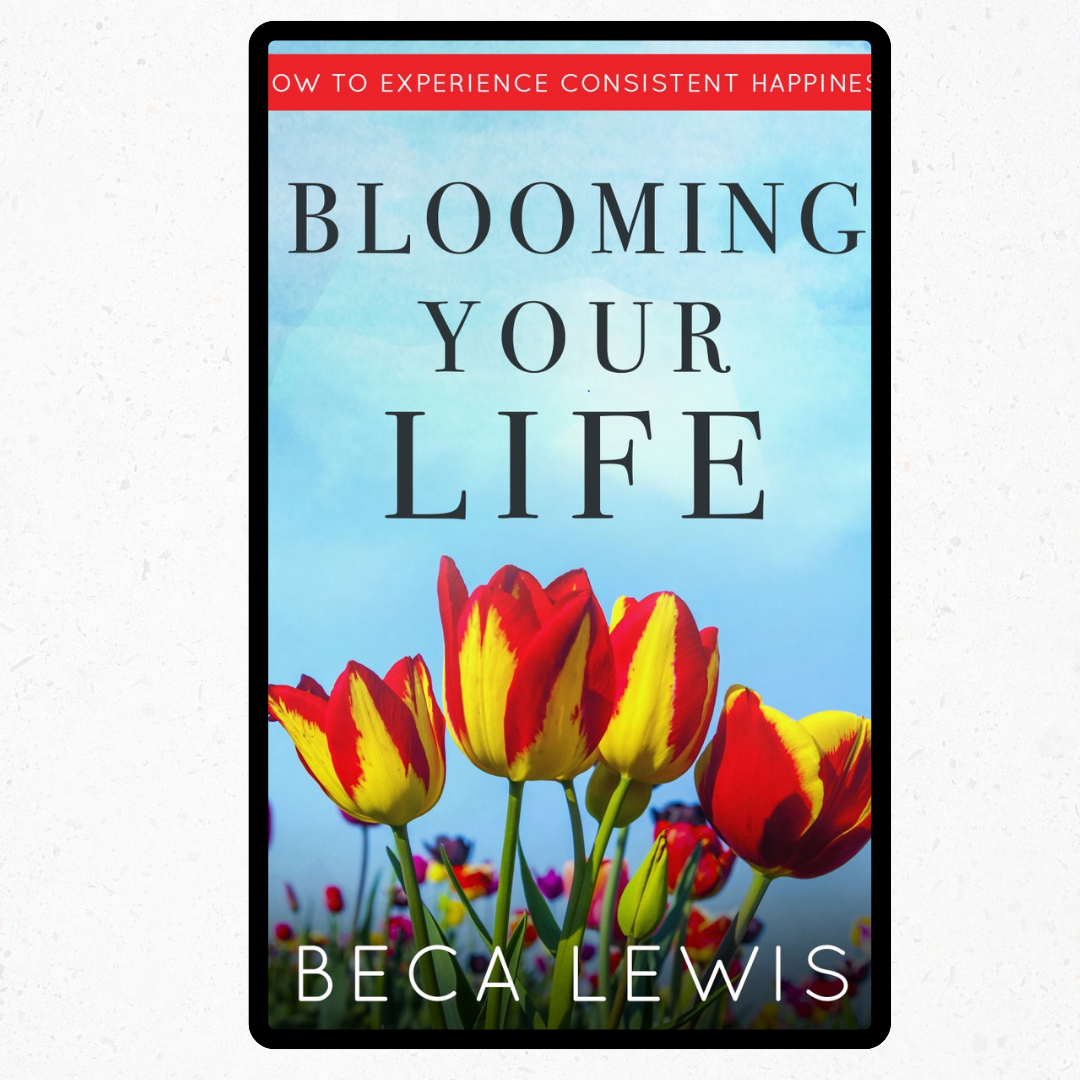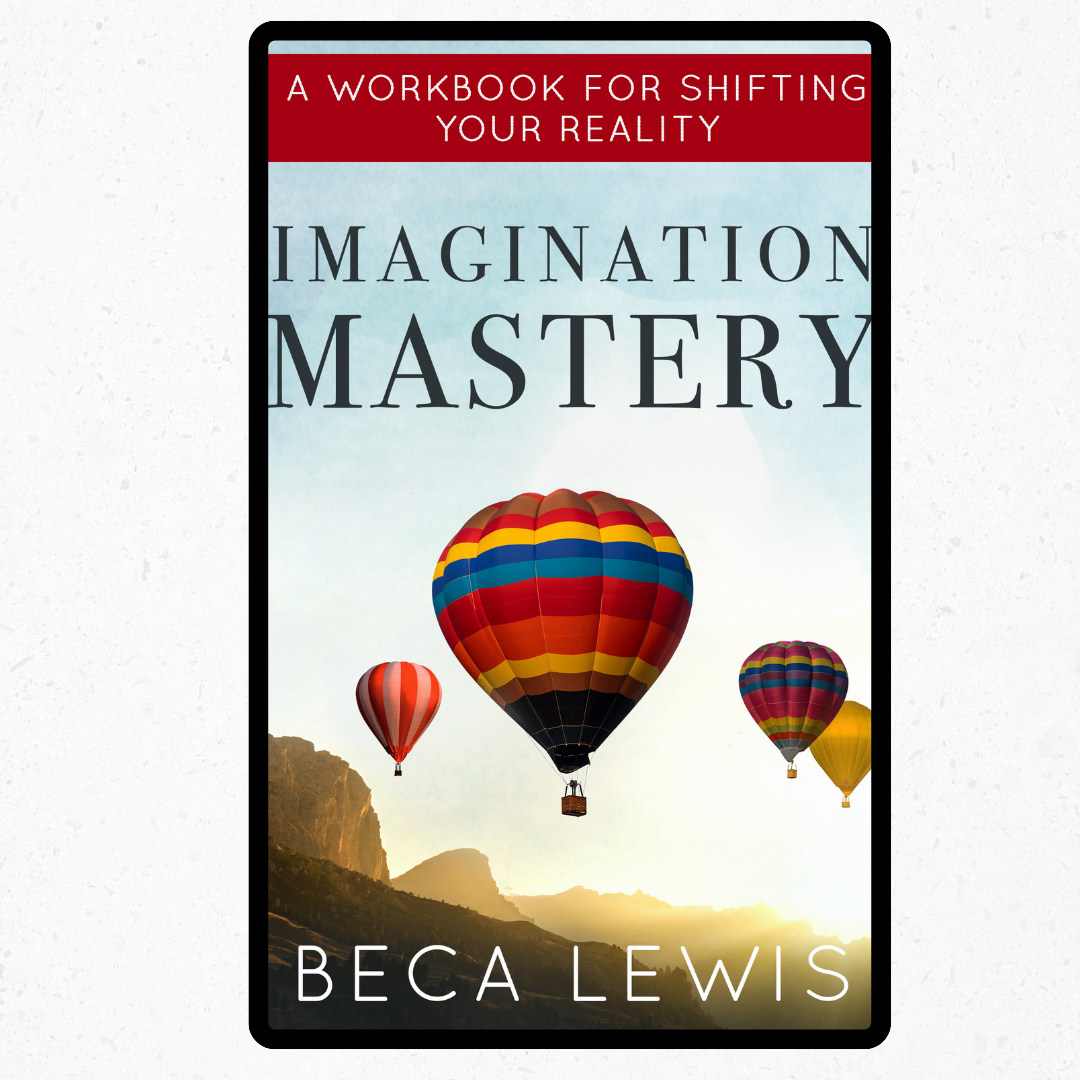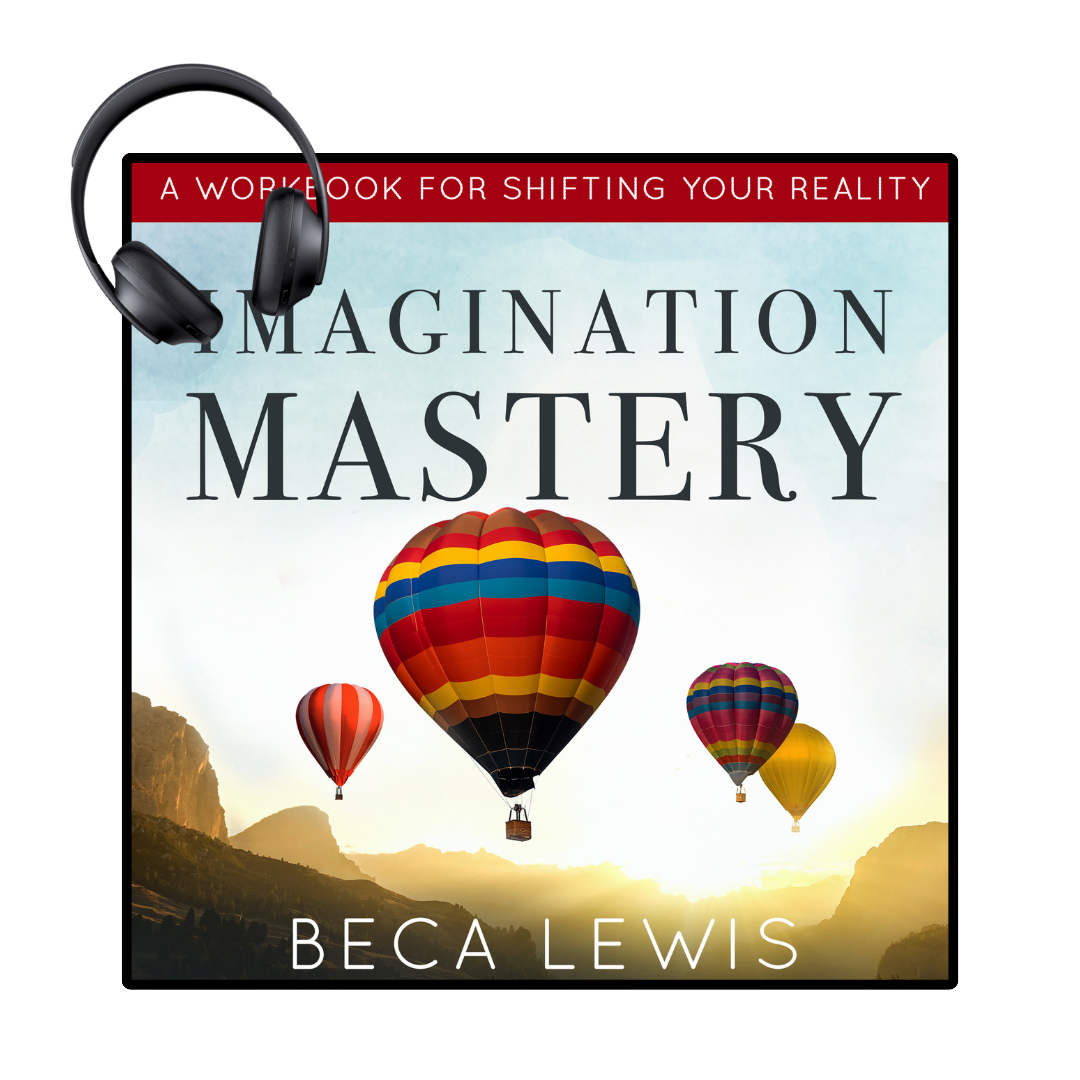
Imagination Mastery: A Workbook For Shifting Your Reality - Audio
The Shift Series
Imagination is where your future lives.
“Your imagination is everything. It is the preview of life’s coming attractions.” Albert Einstein
Have you ever wished you could create the world you want to live in instead of the one you live in now? It’s possible!
Follow some of the greatest thinkers and creators of all time and learn how to let the universe of possibilities work together in your favor. Learn how to imagine the possibilities for your life using easy-to-follow daily imagination exercises. Take a break from what everyone else is doing and discover the secrets, power, and transformation of imagination. Nothing will ever be the same! You may never want to go back to being normal again.
- Get unstuck. Stay unstuck
- Replace worry with possibilities
- Discover untapped potential
- Live each day with more joy
- Increase the abundance in every area of your life
Instead of worrying, complaining, gossiping, and rehashing what isn't working, become an Imagination Master.
Grab your book now and start imagining today!
As soon as your order is confirmed you will receive an email from BookFunnel with a link to your audiobook(s). It should arrive at almost the same time as your confirmation email from this store.
If you haven’t received your email containing your audiobooks within ten minutes, please check your spam folder.
- Install the BookFunnel app on your Android, iOS, or Amazon Fire device.
- When you complete your order, you will receive an email from Bookfunnel titled "Here's <audiobook> by Beca Lewis". In this email will be a link to download the bookfunnel app, and simple instructions on how to add your new audiobook to your app.
- Open the app and tap Start Listening!
You can also listen in your browser for select titles from your BookFunnel Library.
What do I do if I need help?
The friendly folk at BookFunnel are extremely helpful and a link to get support will be in your email along with your audiobook(s).
Listening time: 1 hour and 58 minutes
Narrator: Beca Lewis
Genre:
Language:
Target Audience:
Living in Grace is a must have classic for spiritual seekers and those who want to improve their lives.It is a very profound book yet is very user friendly.I appreciate that it offers practical steps to take to apply all this beautiful information to live a happier, more abundant and fulfilling life.Thank you Beca Lewis for this tremendously useful book!!!
I was just introduced to this book for the first time and must say that I am amazed! Read it for 4 hours without putting it down. Certainly is easy to read and has lots of real world concepts to take your spiritual development to a new level. I look forward to the near future as I begin to apply what I have learned!
This book is one of the best books I’ve ever read and I am a self proclaimed spiritual junkie. Beca so simply and easily explains concepts that are often over complicated and misunderstood. She uses real life examples and offers a wealth of exercises and practical tips to help you truly integrate and personalize her teachings into your own life. I could not recommend this book any more 💫
I have had the good fortune of studying with Beca Lewis. Specifically, I have studied Blooming Your Life with her and her wonderful community. I recently re-read the book and it was helpful revisiting the material. There is so much to glean- tidbits here, aha's there- from Blooming Your Life that will support you in blooming your life. The book stands alone and you do not need to have taken the course to gain what you need. I HIGHLY recommend.
Beca Lewis has put together a complete program for you to shift your thought from feeling as if you are not eonough and don't have enough to knowing you are enough and do have more than enough. In fact , she teaches how to understand and live from the point of view and state of mind of having it all. Beca Lewis' book is practical and effective. I highly recommend this book.
I'm a minister's granddaughter. I was never big on reading the Bible because it just seemed contradictory to me. One chapter says "An eye for an eye," and another says "Turn the other cheek." Just be consistent, dagnabit! Because a big part of me WANTS to live a "good" life.No, these books are not a bible study. Rather, they are a Life Study with references to the Bible, a great deal of clarification, and lots and lots of tools to use. Does she give us a template? Maybe, but the good news is, she doesn't tell us to follow her way. She tells us, and gives us the tools to do it, that we must find our unique blessing.Oh, and - she even gives us a template for raising ripe tomatoes!
The Shift Series

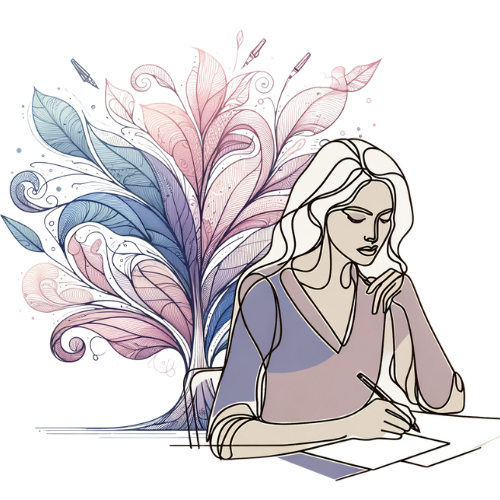
About The Author
BECA LEWIS thinks the world is not what it looks like, so she spends her time looking for what isn’t always visible. Addicted to reading from childhood, she thought that the worlds she read about were real. Now she asks, who says they are not?
Beca writes and coaches on shifting the story from her home in Ohio, where she lives with her husband and bunches of birds, trees, flowers, and squirrels.
She says they know more than she does about what is real, and what is not.


